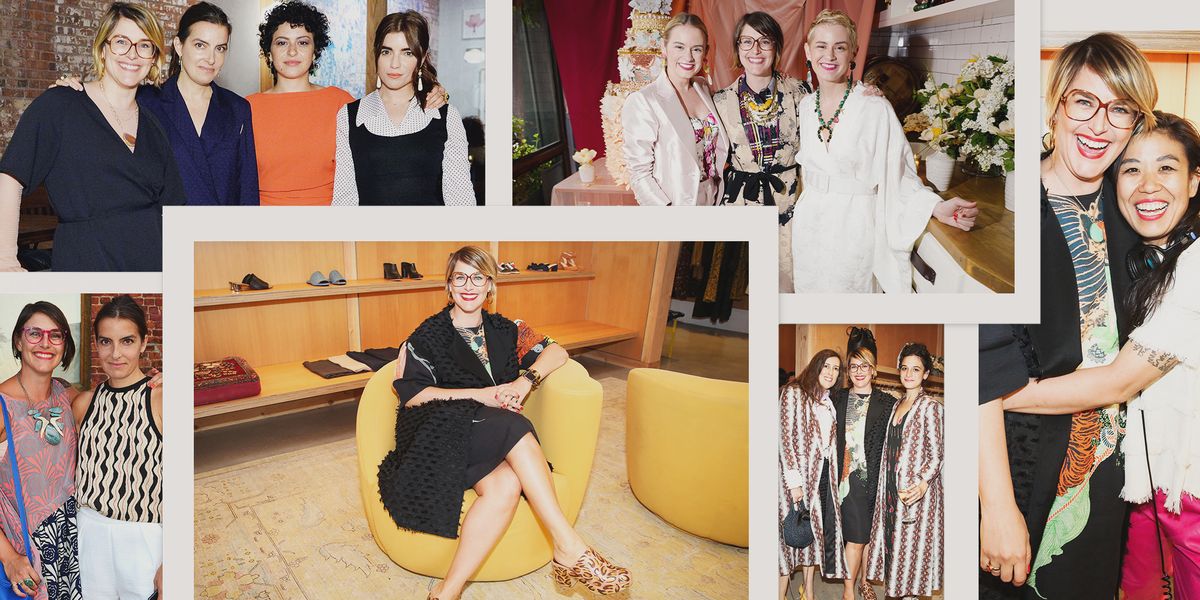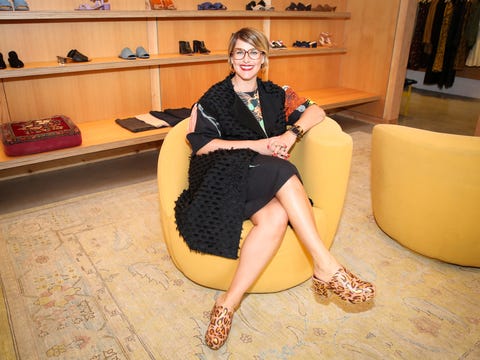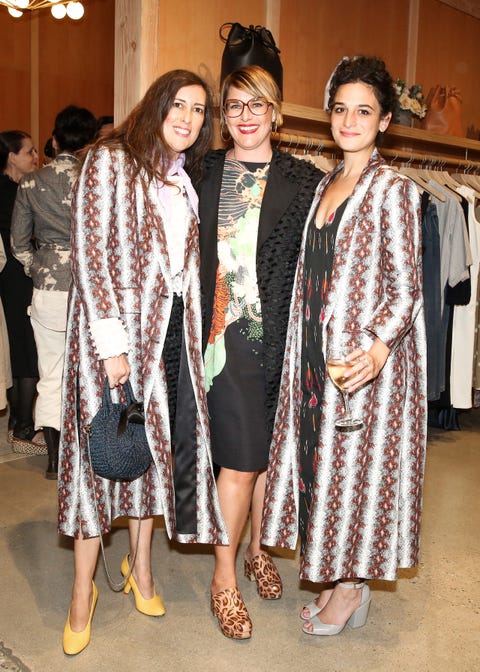Style Points is a weekly column about how fashion intersects with the wider world.
When Jen Mankins announced on Friday that she was closing her beloved store, Bird, she immediately started getting emails from customers. One of them, now a very successful real estate broker, recalled a day years ago when she was browsing the racks and a fellow shopper walked up to her and uttered the following rat-a-tat monologue: “Listen, I’m getting a divorce. I have a big house I need to sell quickly. I want you to do it. If you’re here at Bird, I can trust you, because you’ve got great taste.” That was her first major sale. “My store has sort of been the foundation of her whole career,” Mankins says with pride. “Now she’s selling hundreds of millions of dollars worth of real estate every year. I don’t think technology can replace those kinds of real-life experiences.”
Like Colette, Opening Ceremony, and so many other stores before it, Bird was what the sociologist Robert Oldenberg would have called a “third place,” somewhere that is neither home nor work. For its regulars, it was a place to drift between the personal and professional, to interact with people who weren’t blood relatives or sentient business cards, to let chance lead you to a new find that might change your life, or at the very least your wardrobe. Whatever the conveniences of online shopping, you’re unlikely to have a profound experience while typing “green wool high-waisted pants” into a search bar.
Bird’s original Park Slope outpost opened in 1999; when Mankins took over the store in 2004, she remembers, “the retail landscape was just so focused on Soho and Nolita.” Its rise coincided with the boom of the contemporary market. “It was really exciting and fun,” Mankins recalls of that time in fashion. “And it wasn’t happening in Brooklyn, at all. None of those designers had any exposure or representation in Brooklyn, and I lived in Brooklyn.” From the beginning, she never conceived of her audience as being solely made up of quote-unquote fashion people; she saw her neighbors as “like-minded people, whether they worked in food or media or art.” The designer Rachel Comey, championed early on by Bird, thinks that was crucial to the store’s appeal. “The fact is that many people love fashion, outside the narrow-minded world that is the fashion industry,” she says. Mankins “wasn’t afraid that a bit of fashion would scare off her community. She believed in her customers and in turn, they trusted her to dazzle and dress them.”
After expanding Bird’s footprint with multiple Brooklyn branches, an L.A. outpost, and online shopping, Mankins helped bring the brownstone Brooklyn aesthetic—admittedly a very privileged slice of it, given the prices—into the national conversation. She describes the look as “sort of twofold. It’s a really joyful and fun approach to fashion—it’s long gone, the stereotype of New Yorkers wearing all black, but we were the opposite of that: color and prints and textures and patterns and beautiful fabrics, and interesting details.” The other part of the equation was intelligence. Bird, she says, offered “thoughtful clothes for thinking people.”
Mankins got in on the ground floor with labels like Rag & Bone and Acne. (Of the latter, she says, “I saw when it was three pairs of jeans and some newsprint T-shirts in a hotel room in Midtown.”) But not everything she sold had a designer tag attached. A $20 pair of handmade leather sandals she found on a trip to Argentina could sit alongside $800 brand-name shoes. “We’re going to treat the celebrity or the rich fashion person who comes in exactly the same as the kids from Parsons and FIT who are going to come in just for inspiration,” she recalls telling her staff. “I wanted it to be a friendly, nice place. We weren’t snobby. We weren’t exclusive.”
The rise of the cool Cobble Hill mom formula—start with a printed sack dress or a fun jumpsuit; add clogs—dovetailed with a larger movement in fashion, one that placed comfort and accessibility over constriction and fussiness. It didn’t require the wearer to be a mother or over 30, but it was an aesthetic that was, blissfully, not so shackled to youth as its predecessors. It marked a cultural shift, as Gen X women with creative careers came of age and settled into their identities, while simultaneously enjoying more disposable income than their Boomer predecessors. You could see this effect everywhere from the high end (Phoebe Philo at Celine) to the mass market (Jenna Lyons’s take on J. Crew) to politics (Michelle Obama‘s wardrobe of well-cut sportswear from young American designers.) Even spring 2021’s parade of clogs owes something to that archetype. “My take on fashion was always that it should be in service to the wearer, and not the other way around,” Mankins says. It was, ultimately, fashion that didn’t get in its own way. You could wear these clothes “whether you were taking your kids to school, running to the subway, riding your bike, or going to the green market. I never wanted people to have the feeling of, ‘I would do that if I weren’t wearing this dress or these shoes.’ “
Designer Ulla Johnson, another Bird staple, calls the store’s closing “a real loss for the Brooklyn fashion landscape.” (In the ultimate sign of the times, the original store location is currently a COVID testing facility.) “Right now, mid-range businesses are kind of disappearing,” Mankins points out, citing the closings of Colette, Creatures of Comfort, Steven Alan, Jeffrey, Barneys, TenOverSix, Opening Ceremony and Need Supply. “Every store that was my contemporary is now gone.” She dreads seeing blocks that are just big- box stores and bank branches, though “another part of my brain that is the entrepreneur and the optimist is like, ‘Oh, my god, there’s gonna be so much opportunity, because there’s 25 empty storefronts.’” What’s missing—because of COVID, because of the constriction of these independent stores—is the alchemy of discovery. Once, “it took longer for things to be everywhere, and now things are so pervasive, whether it’s an aesthetic of a type of chair or even just a color,” she reflects. “The trend cycles are just so much faster that they exhaust themselves. Every single ad I get on social media or in my email, whether it’s for a dentist’s office or a new toothpaste brand, looks exactly the same. And it’s just so… not interesting.”
Mankins says her goodbye letter, posted on Instagram, made people think she had another business plan lined up, but for now she’s happy to take a beat. And content with her legacy. “The thing that I’m going to be most known for is clog boots,” she jokes, “and I’m OK with that.”
This content is created and maintained by a third party, and imported onto this page to help users provide their email addresses. You may be able to find more information about this and similar content at piano.io




